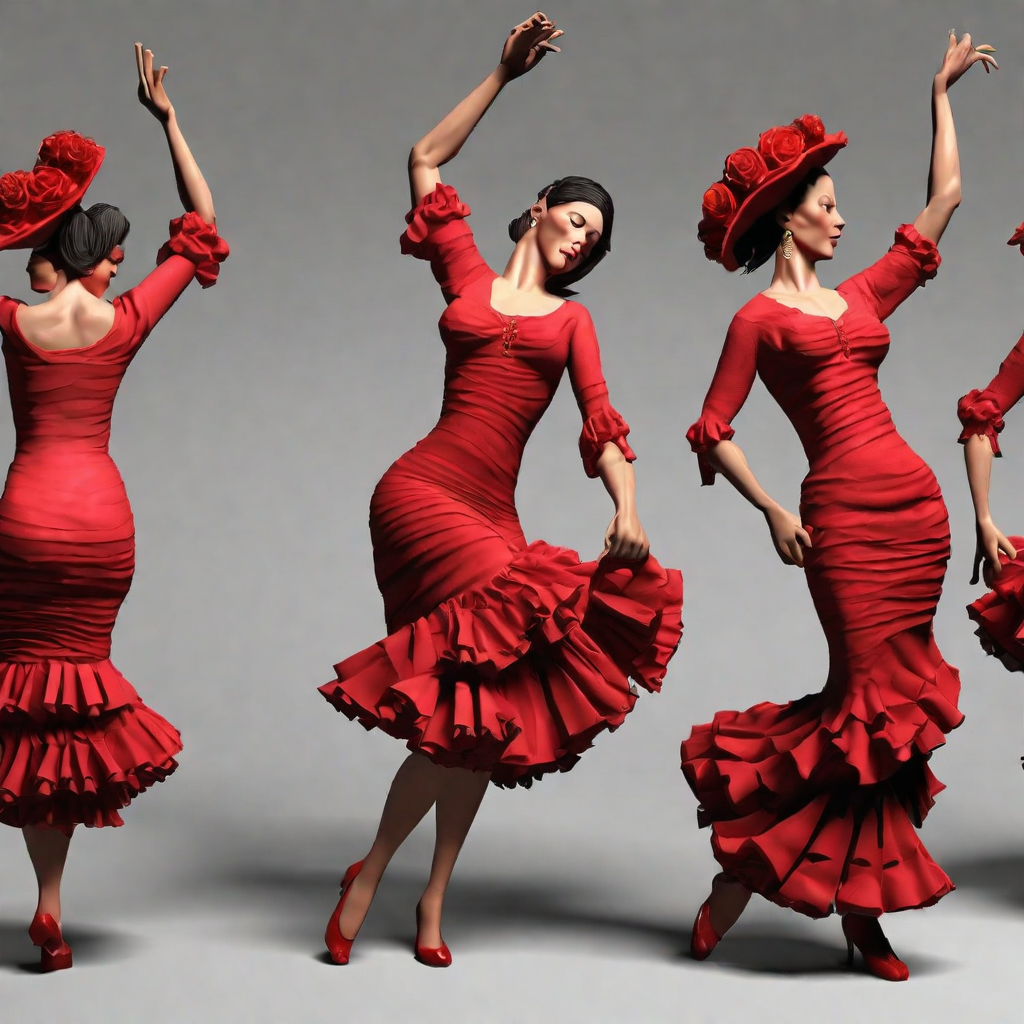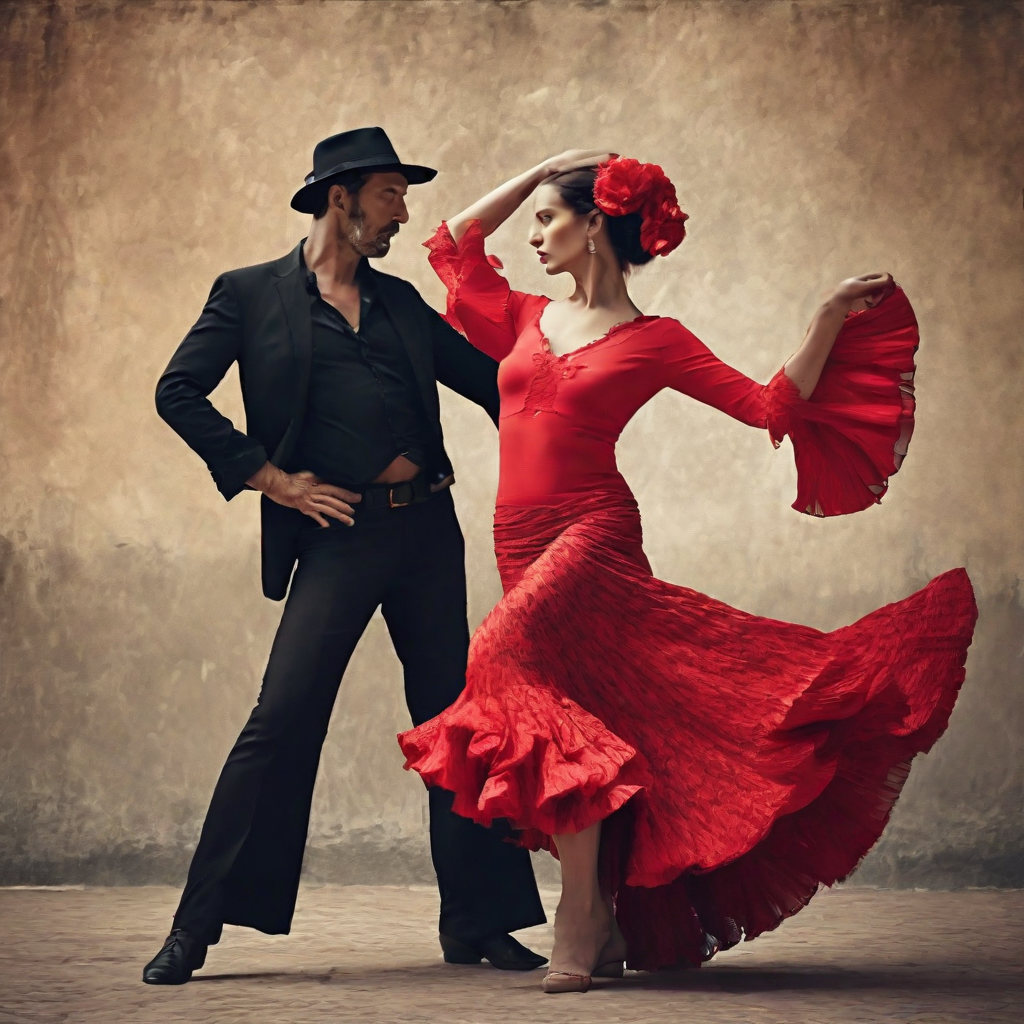Flamenco: The Most Famous "Art" of Spain
Spain is a country known for its rich cultural heritage, and one of the most iconic and beloved art forms that originated in this vibrant nation is Flamenco. Flamenco is not just a dance or a style of music, but a powerful expression of emotions, passion, and tradition. In this comprehensive article, we will delve into the captivating world of Flamenco, exploring its history, significance, elements, and the impact it has had on Spanish culture. So, grab a cup of coffee, sit back, and let's embark on this mesmerizing journey through the world of Flamenco.
History of Flamenco
Flamenco has deep roots in the Andalusian region of Spain, specifically in the provinces of Cadiz, Seville, and Huelva. Its origins can be traced back to the 18th century, when it emerged as a unique blend of various cultural influences, including the Romani people, Moors, Jews, and Andalusians. The Romani people, also known as Gypsies, played a significant role in shaping Flamenco, infusing it with their own musical and dance traditions.
Initially, Flamenco was an art form associated with the marginalized communities in Andalusia, often performed in intimate gatherings or in the streets. Over time, it gained popularity and recognition, evolving into a highly respected and celebrated art form. Today, Flamenco is recognized as an Intangible Cultural Heritage of Humanity by UNESCO, highlighting its global significance and impact.
The Elements of Flamenco
Flamenco is a complex art form that encompasses various elements, each contributing to its unique and captivating nature. The three main components of Flamenco are:
1. Cante (Song): The soulful and passionate singing is at the heart of Flamenco. The lyrics often revolve around themes of love, heartbreak, longing, and the struggles of life. The cante is characterized by its raw and emotional delivery, with singers known as "cantaores" pouring their hearts out through their powerful voices.
2. Baile (Dance): The Flamenco dance is a mesmerizing display of grace, strength, and intricate footwork. Dancers, known as "bailaores" or "bailaoras," express their emotions through precise movements, hand gestures, and rhythmic footwork. The dance is a visual representation of the intense emotions conveyed in the cante.
3. Toque (Guitar): The Flamenco guitar, also known as "toque," is an essential element of Flamenco music. The guitar provides the rhythmic and melodic foundation for the cante and baile, creating a harmonious blend of sound. Skilled guitarists, known as "guitarristas," showcase their virtuosity through intricate fingerpicking and improvisation.
The Significance of Flamenco
Flamenco is more than just a form of entertainment; it holds deep cultural and historical significance for the people of Spain. It serves as a powerful means of expression, allowing individuals to convey their deepest emotions and experiences. Flamenco is often associated with themes of love, pain, joy, and resilience, reflecting the human condition in all its complexities.
Furthermore, Flamenco has played a crucial role in preserving and celebrating Spanish heritage. It serves as a link to the past, connecting present generations with their ancestors and their cultural roots. Through Flamenco, the stories, traditions, and struggles of the Andalusian people are kept alive, serving as a testament to their resilience and spirit.
The Impact of Flamenco on Spanish Culture
Flamenco has had a profound impact on Spanish culture, influencing various art forms, literature, and even fashion. Its influence can be seen in the works of renowned Spanish painters, such as Picasso and Dalí, who were captivated by the raw emotions and vibrant energy of Flamenco. The rhythm and passion of Flamenco have also inspired numerous writers and poets, who have incorporated its essence into their works.
In addition, Flamenco has become an integral part of Spanish tourism, attracting visitors from all over the world who are eager to experience the magic of this art form firsthand. Flamenco festivals, known as "Ferias," are held throughout Spain, showcasing the best performers and providing a platform for both established artists and emerging talents.




FAQ (Frequently Asked Questions)
What is the origin of Flamenco?
The origins of Flamenco can be traced back to the 18th century in the Andalusian region of Spain, influenced by various cultural groups such as the Romani people, Moors, Jews, and Andalusians.
What are the main elements of Flamenco?
The main elements of Flamenco are cante (song), baile (dance), and toque (guitar). These elements work together to create a captivating and emotional performance.
Why is Flamenco significant in Spanish culture?
Flamenco is significant in Spanish culture because it serves as a powerful means of expression and a link to the country's heritage. It reflects the emotions and experiences of the people and preserves their traditions and history.
How has Flamenco influenced Spanish art and literature?
Flamenco has had a profound impact on Spanish art and literature. It has inspired renowned painters, such as Picasso and Dalí, and has influenced the works of writers and poets who incorporate its essence into their creations.
Is Flamenco popular among tourists in Spain?
Yes, Flamenco is extremely popular among tourists visiting Spain. Flamenco festivals and performances attract visitors from all over the world who are eager to experience the magic and passion of this unique art form.
--------------------------------------------------------------
Flamenco, the most famous "art" of Spain, is a mesmerizing and powerful expression of emotions, passion, and tradition. Its origins in the Andalusian region and its blend of cultural influences have shaped it into a unique and captivating art form. Flamenco's elements of cante, baile, and toque work together to create a performance that reflects the human condition and preserves Spanish heritage. Its impact on Spanish culture can be seen in various art forms, literature, and even tourism. So, next time you visit Spain, make sure to immerse yourself in the enchanting world of Flamenco and experience the magic firsthand.
Remember, Flamenco is not just a dance or a style of music; it is an art form that touches the soul and leaves a lasting impression. Let the rhythm and passion of Flamenco transport you to a world of emotions and cultural richness. Olé!
